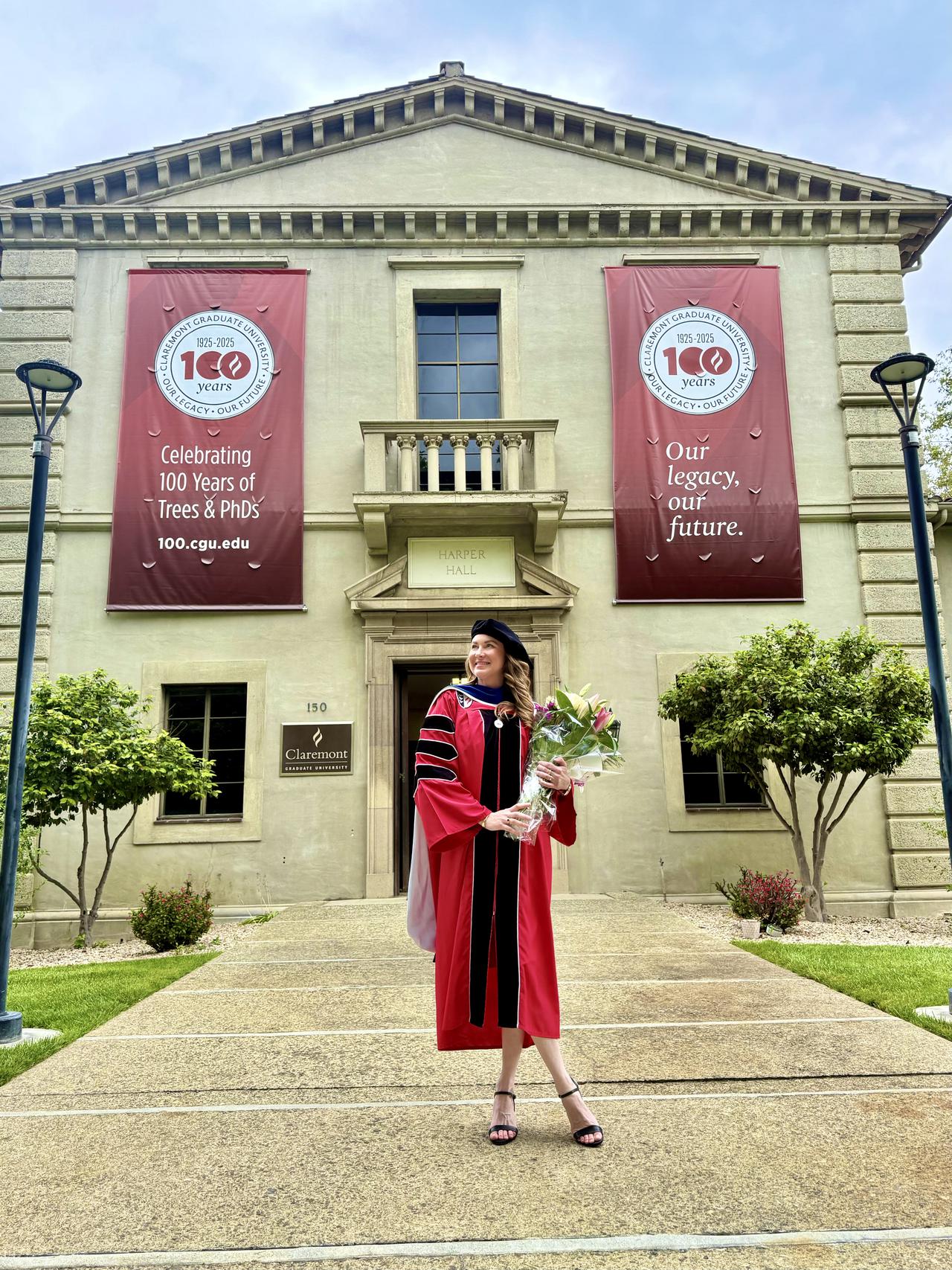ARCHWAY Insights
Are you Ready? Are you Willing? Are you Open?

-
Q&A with Leadership Archway: Do brakes help you go fast or slow?September 15, 2025 at 8:00 PM
Discover why burnout isn’t a failure, it’s feedback. In this final post of the Q&A series, we explore how slowing down strategically leads to sustainable speed, smarter leadership, and long-term capacity. This post is backed by neuroscience, game theory, and Dave Asprey’s Smarter Not Harder, and shows how to redesign your systems so recovery becomes your competitive edge.
💡It is time to take control of your growth. If you are a leader or an aspiring leader you need to read this.
-
Q&A with Leadership Archway: Are we building organizations people survive in, or thrive in?September 9, 2025 at 12:30 PM
Discover what your workplace patterns are really signaling and why burnout may not be a personal failure, but a cultural design flaw. This post gives you tools to recognize survival-mode systems, apply game theory to leadership, and uncover what it takes to build organizations where people don’t just get by, they actually thrive.
💡 If you lead people, manage culture, or care about long-term sustainability, this will change how you see the game you’re playing.
-
Q&A with Leadership Archway: What if burnout isn’t your employees’ weakness, but your organization’s intelligence system trying to get your attention?September 7, 2025 at 7:30 AM
This is the second post in a four-part Q&A series from Leadership Archway™, designed to help leaders move beyond surface solutions and start reading the real signals behind burnout.
In this post, we reframe burnout as biofeedback and cultural data insight, not a personal flaw. From disengagement to quiet quitting, emotional labor to crisis normalization, the signs are all there, if you know how to read them.
Backed by research from Gallup, the U.S. Surgeon General, and organizational neuroscience, this post outlines:
✅ The hidden signals of burnout across systems
✅ The five most common root causes
✅ How leaders can decode those patterns and design for regeneration
Burnout isn’t the end, it’s a blueprint for redesign. Let this post show you how to listen, lead, and evolve.
-
Q&A with Leadership Archway: What If Burnout Is a Portal to New Intelligence?August 27, 2025 at 7:00 PM
Most people treat burnout like a personal failure or a problem to manage. But what if it’s neither? What if burnout is actually data, a precise signal from the nervous system and the culture, that something needs to change?
In the first of a 4-part series on burnout, systems, and leadership redesign, we reframe burnout as biofeedback, not breakdown. Using data from Gallup, McKinsey, and the U.S. Surgeon General, we challenge the idea that burnout is a weakness and explore how it can become a tool for clarity, culture-shifting, and sustainable leadership.
You’ll walk away with:
- A coaching lens on burnout as a mirror for your leadership
- An organizational lens on burnout as cultural intelligence
- A call to stop managing symptoms and start reading the signals
This post kicks off our series on Burnout as Intelligence, where we’ll explore what happens when we stop silencing stress and start designing around capacity.
-
Global Rhythms and Wisdom: Where is the burnout?August 22, 2025 at 11:00 PM
Why does the U.S. rank near the bottom in global life-work balance; while countries like New Zealand, Belgium, and Norway lead the way?
In this post, I unpack what burnout really signals (hint: it’s not personal weakness), and explore how cultural rhythms across Europe prioritize rest, trust, and sustainability in ways the U.S. rarely does. With global comparisons and lived experience woven throughout, this blog challenges hustle culture and calls for a new leadership paradigm; one rooted in capacity, not collapse.
👉 Click to read how changing the rhythm can change everything for leaders, teams, and entire organizations.
-
Burnout isn’t about You—It’s about the systemJuly 29, 2025 at 5:00 PM
Burnout isn’t a personal failure.
It’s a systems issue—one that leaders now have the insight (and responsibility) to address. ⚖️💡We’ve long been told burnout is something to manage individually—through time-blocking, breathwork, or better habits. 🧘♀️📅
The data tells a different story:
📉 The World Health Organization defines burnout as a workplace syndrome—caused by chronic, unmanaged stress.
📊 Gallup, McKinsey, and APA all confirm the root causes:
🔺 Unmanageable workload
🔺 Lack of fairness and support
🔺 Poor communication
🔺 Values misalignmentThe real problem? We’ve been solving symptoms instead of systems. 🛠️
I know this not just from research—but from lived experience. Once I stopped blaming myself, I started asking a better question:
💭 What would leadership look like if it supported human sustainability—not just performance?
In this new post, I share:
✅ A clear breakdown of burnout as both a biological and organizational signal
📚 The research every leader should be tracking
🛠 5 real-world steps to design for capacity, clarity, and culture
🌉 A shift from personal resilience → system-wide responsibilityIf you're leading a team, an organization, or even just yourself—this is your invitation to rethink the architecture of how we work. 🧠✨
🔗 Read the full post and join the movement toward intelligent, regenerative leadership.
#Leadership #Burnout #WorkplaceWellness #OrganizationalHealth #HRStrategy #SystemDesign #SustainableLeadership #ARCHWAY #PsychologicalSafety #FutureOfWork
-
Openness — the leadership skill that builds resilienceJuly 24, 2025 at 7:00 PM
🔥 When life said NO, I stayed OPEN. 🔥
🎓 Two rejections. One dream. Endless uncertainty.
I thought my Ph.D. path was set.
But the first rejection email hit like a brick:
“We regret to inform you…” 🚫
Most people would have shut down.
I put on my best suit. Grabbed my portfolio. Walked into admissions. 🚗💼
Not to argue—but to ask:
“What would it take to get in here?” 💬
Two weeks later—YES. ✅
Fast forward: Another rejection. Another twist.
And yet, because I stayed open—curious, flexible, and willing to adapt—I walked through doors I didn’t even know existed.
That’s what openness looks like in real life:
💡 Not passivity. Not people-pleasing.
But staying present when the easy answer is to shut down.
✨ Question for you:
Where do you need to stay open—when everything in you wants to armor up? -
Willingness — the hidden gateway to aligned leadershipJuly 15, 2025 at 9:00 PM
When I was 17, my dad gave me the ultimate gift—psychological safety. Before my first scuba dive, he said:
“You’re ready. I’m here. Let’s explore another world.”
That world was the ocean. 🐠
And that first “yes” didn’t just make me a diver—it made me a leader.
Because willingness isn’t built in boardrooms. It’s born in moments where everything in you wants to pull away—and you choose to stay.
In leadership, readiness is about capacity.
Willingness? That’s about inner consent.
It’s the nervous-system-backed decision to lean in—even when uncertainty feels like deep water. 🌊
If you’ve been over-functioning, resisting feedback, or spiraling in change fatigue—maybe it’s time to pause and ask:
💬 “Am I truly willing, or just pretending to be ready?”
Dive into the full blog and discover:
✔ Why willingness—not readiness—is the real gateway to transformation
✔ How it’s tied to psychological safety (and why that matters for teams)
✔ 5 ways to practice willingness tomorrow
You don’t have to be fearless. You just have to be willing.
Are you ready to dive in? 🤿
#Leadership #ARCHWAYInsights #BurnoutRecovery #SomaticLeadership #Willingness #ExecutiveCoaching
-
Are you ready to lead differently? A deep dive on readinessJuly 8, 2025 at 10:30 AM
In our quest to lead differently, understanding readiness is essential—it's about choosing honesty over the elusive pursuit of perfection.
This blog post delves into the vital signs of readiness, highlighting how your nervous system communicates critical signals for effective leadership. By embracing attunement instead of relentless grinding, you open the door to transformative leadership that not only fosters personal growth but also inspires those around you.
Join us as we explore the nuances of readiness and unlock the keys to becoming a more authentic and impactful leader.
-
The Real Leadership Equation — Readiness, Willingness, OpennessJune 30, 2025 at 9:00 AM
Most leaders aren’t burned out from too much work—they’re burned out from leading in systems that ignore their body’s truth.
In this post, we expose what really drives collapse at the executive level—and why capacity isn’t enough without readiness, willingness, and openness.
From brain shrinkage under stress to the nervous system signals that predict transformation, this post is a wake-up call for leaders who are performing instead of leading—and what it takes to rebuild from the inside out.
Are you ready? Are you willing? Are you open?
Click in. This one changes everything.









